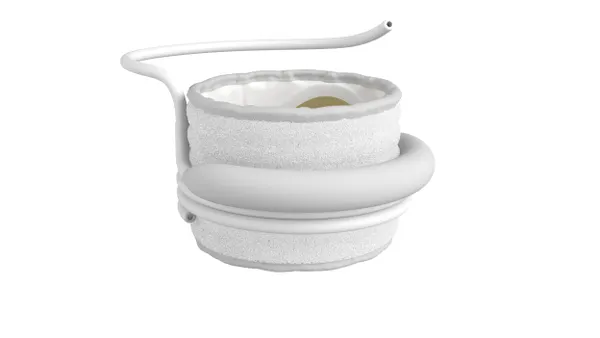Dive Brief:
- FDA issued a safety communication last week alerting healthcare providers that design changes were made to reduce infection risks in a device that warms and cools patients during open heart surgery. The design corrections are intended to curb the spread of bacteria released into the air from water in the components of the device.
- Manufacturer LivaNova is giving the device, the Stockert 3T Heater-Cooler System, a new vacuum canister and internal sealing that will reduce aerosol emissions, according to FDA.
- LivaNova also updated the labeling instructions to advise users to monitor the concentration of hydrogen peroxide in the device's water circuit and to adjust the concentration if it falls below 100 ppm. Hydrogen peroxide helps reduce growth of bacteria in water.
Dive Insight:
Problems with heater-cooler devices surfaced in October 2015 when FDA issued the first of several safety communications advising healthcare providers that use of the devices had been associated with nontuberculous mycobacteria infections. The organisms may cause infections in very ill patients or those with compromised immune systems.
FDA said it received 32 reports of patient infections associated with heater-cooler devices between January 2010 and August 2015.
In December 2015, the agency issued a warning letter to LivaNova, formerly Sorin Group, for its Heater Cooler 3T thermal regulator after inspections at the company’s facilities in Germany and Colorado found quality system violations.
In October 2016, the Centers for Disease Control and Prevention advised hospitals to notify patients who had open heart surgery involving a Stockert 3T heater-cooler that the device was likely contaminated with Mycobacterium chimaera, an invasive and life-threatening form of nontuberculous mycobacteria, during manufacturing. CDC at the time estimated the device was used in 60% of more than 250,000 heart bypass procedures performed annually in the United States, and the risk of infection in patients was between one in 100 and one in 1,000.
CDC said a cluster of six patients infected with invasive M. chimaera, reported in Switzerland in spring 2015, and another cluster of infections identified in a Pennsylvania hospital in July 2015, were both associated with contaminated 3T heater-cooler devices.
Further, the agency conducted a whole-genome sequencing analysis in collaboration with National Jewish Health that showed patient infections from several U.S. hospitals in Pennsylvania and Iowa were all related to each other. FDA and CDC made a number of recommendations to minimize risks to patients undergoing surgery with a 3T heater-cooler.
Heater-cooler devices have water tanks that provide temperature-controlled water to external heat exchangers or warming/cooling blankets through closed circuits. In April, LivaNova issued a medical device correction letter announcing it would “deep clean” all 3T devices less than 10 years old to remove biofilm and reduce microbial levels to below specific limits.
According to one law firm involved in litigation against LivaNova, 80 lawsuits have been filed in federal court as of September involving patients believed to have suffered a nontuberculous mycobacteria infection related to the Sorin Stockert 3T system.











